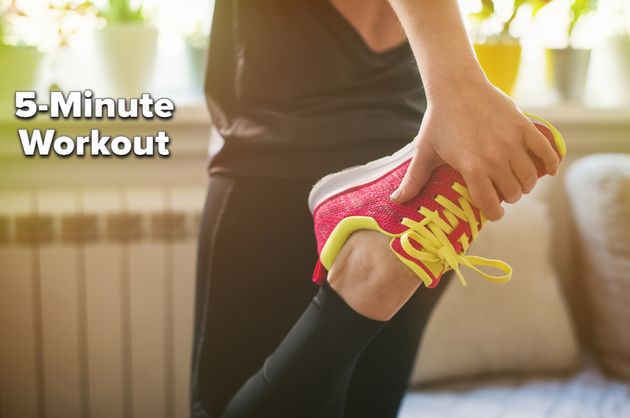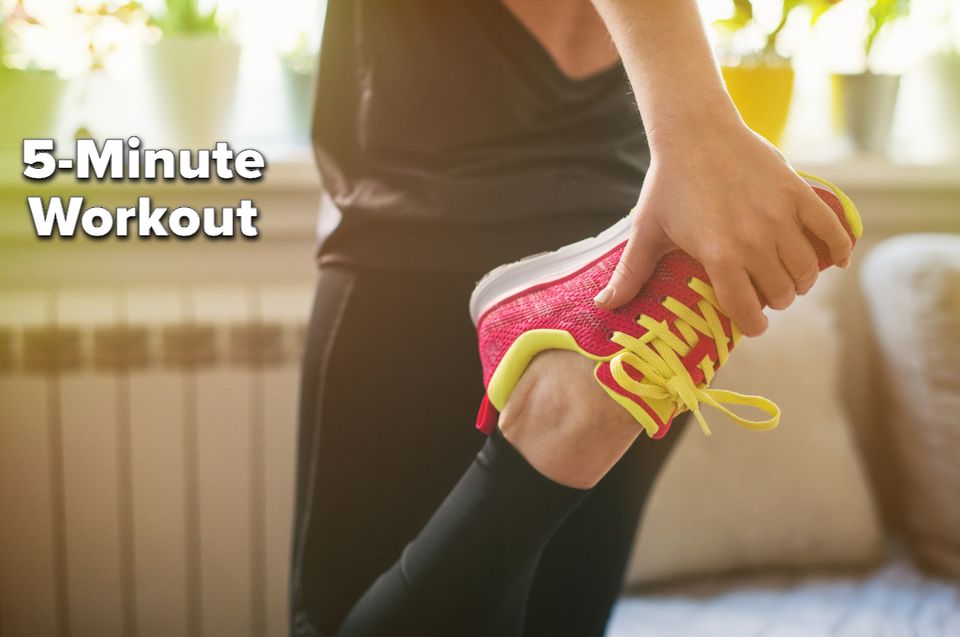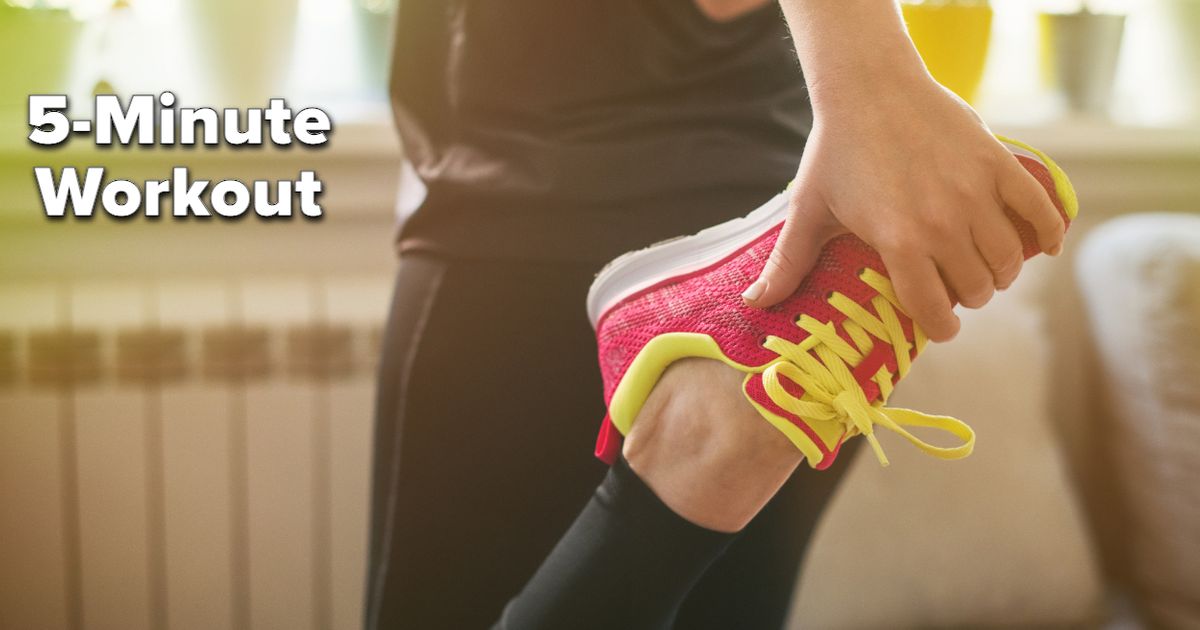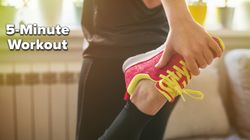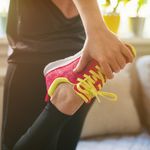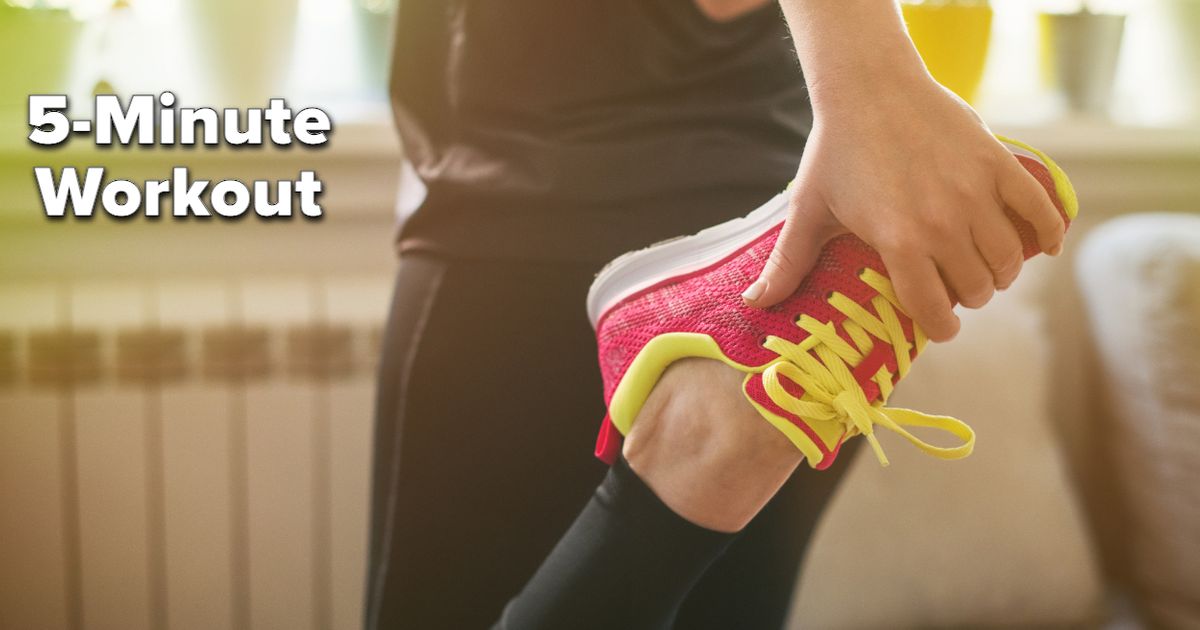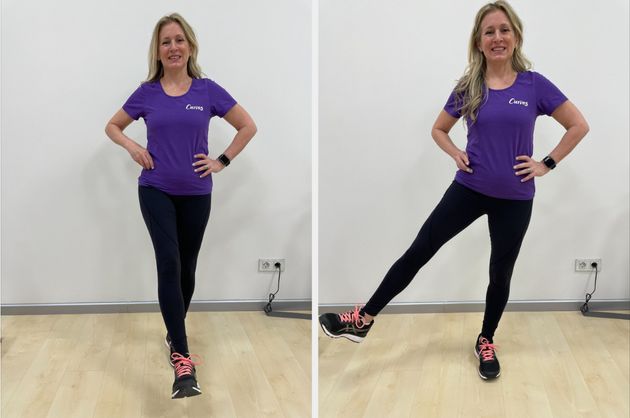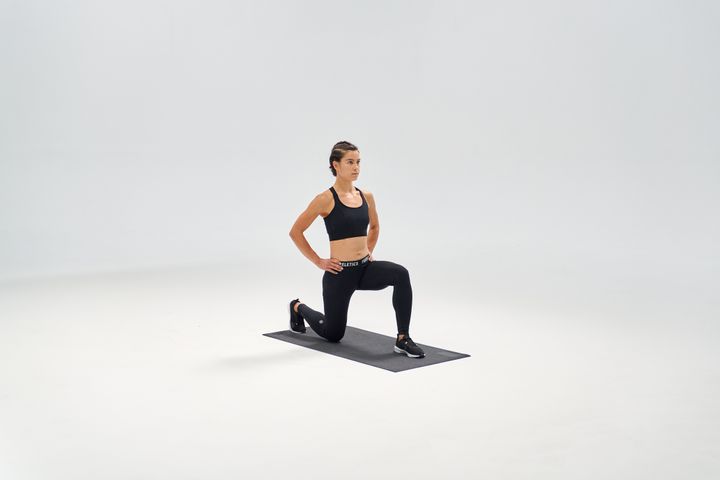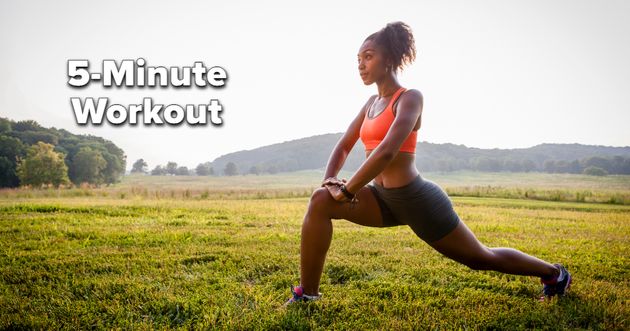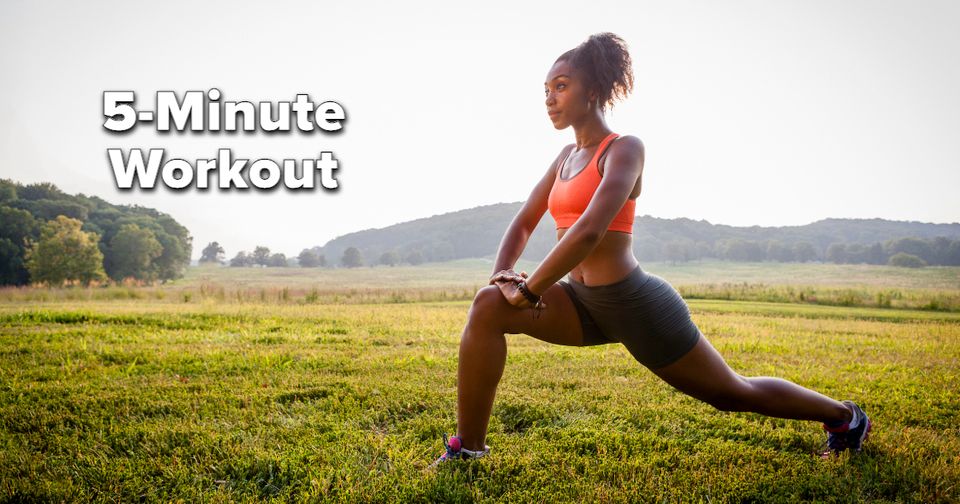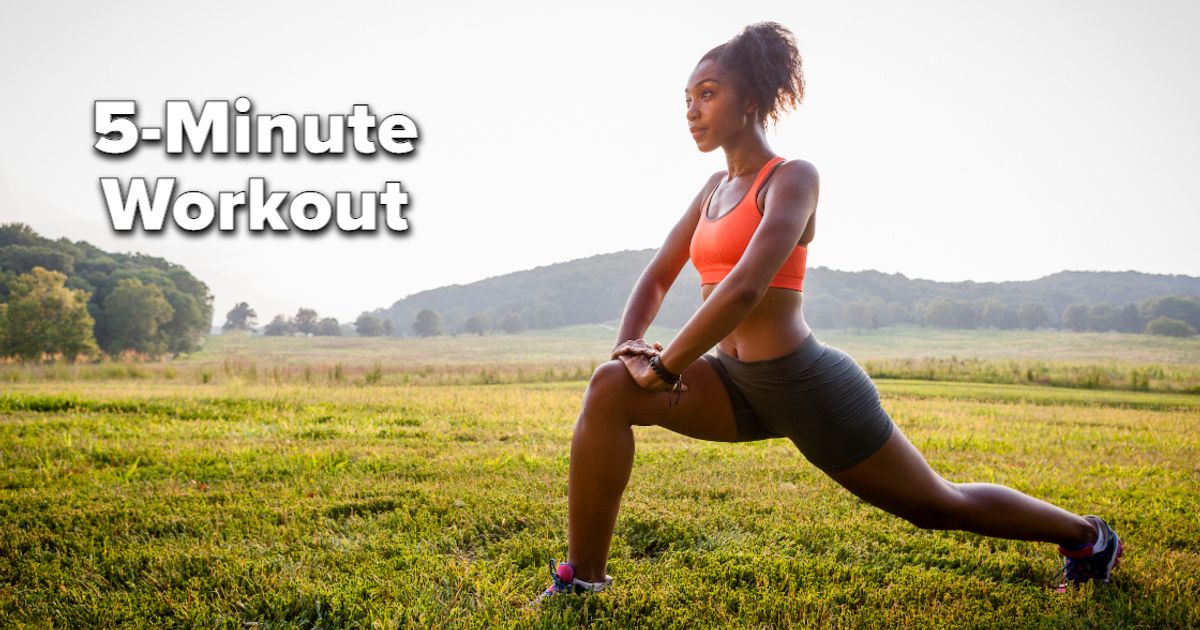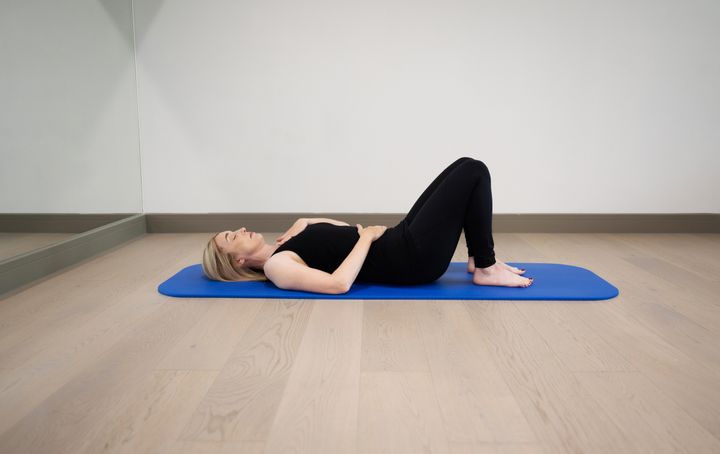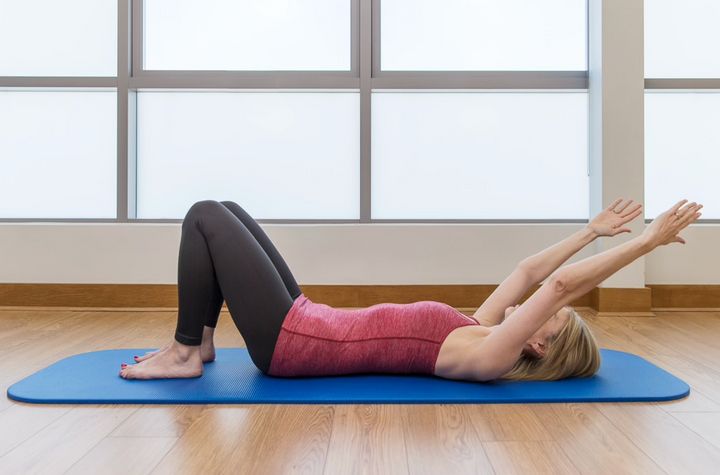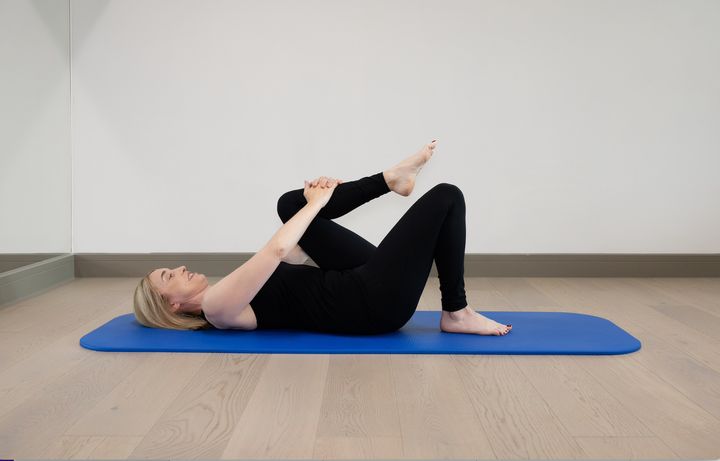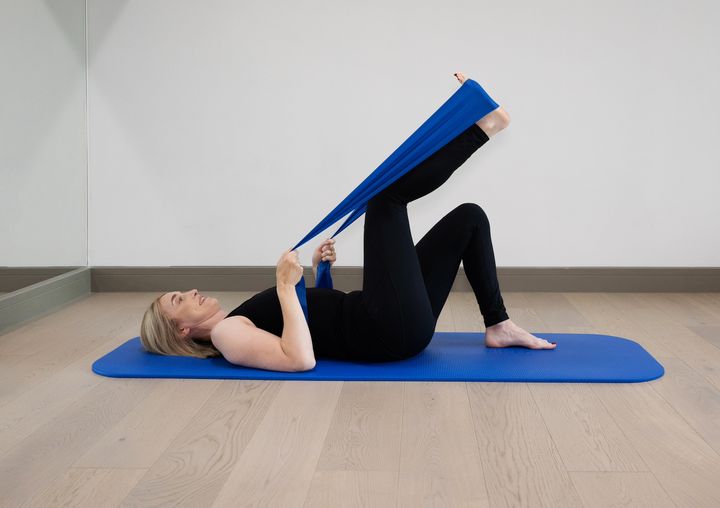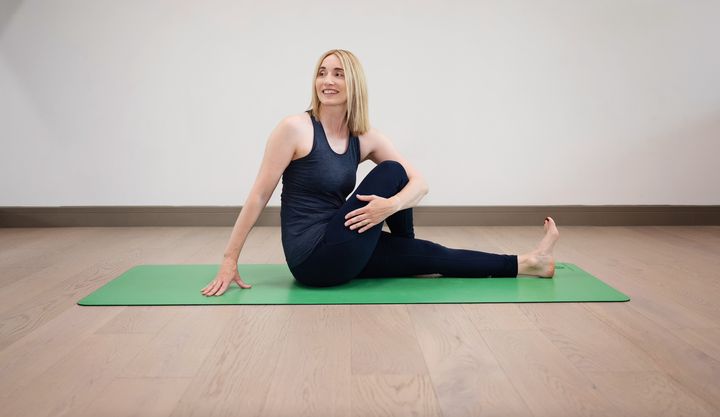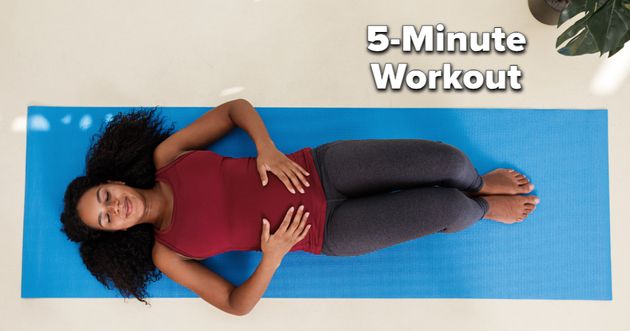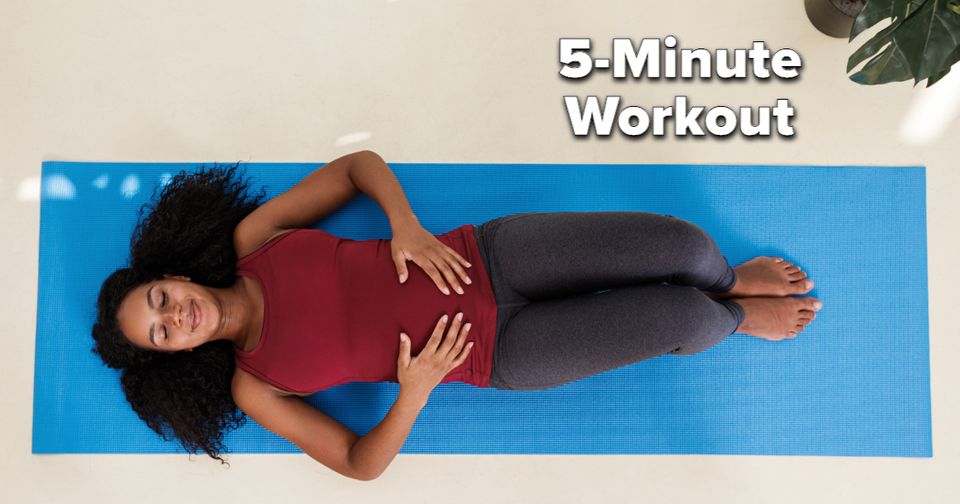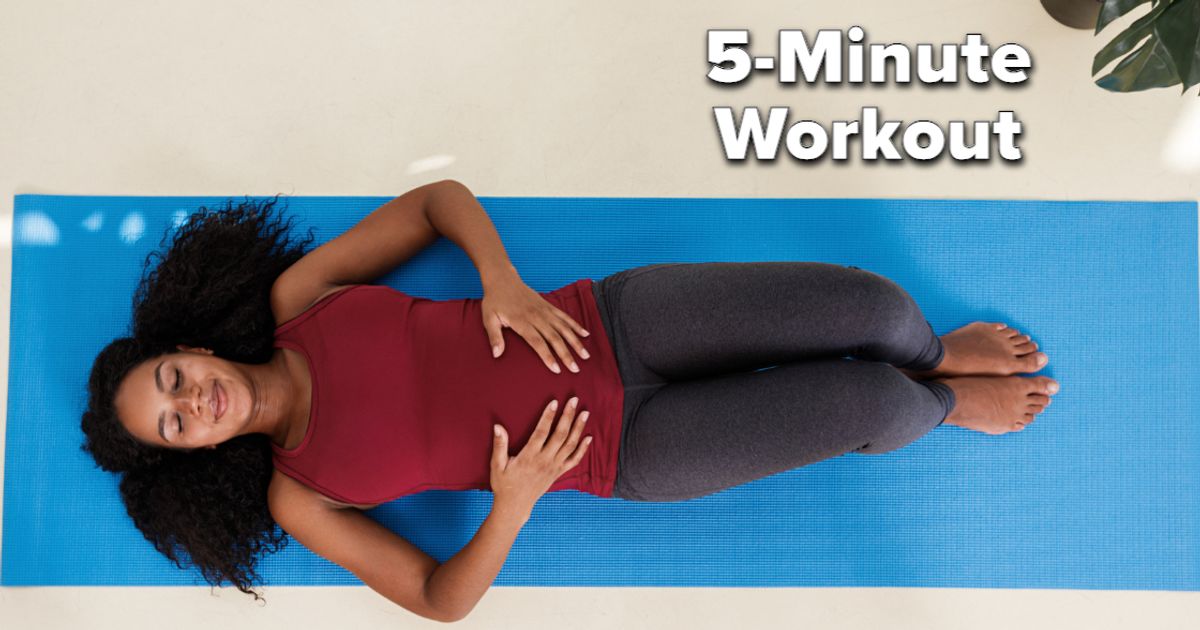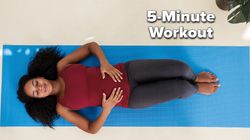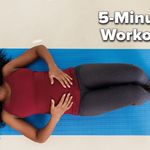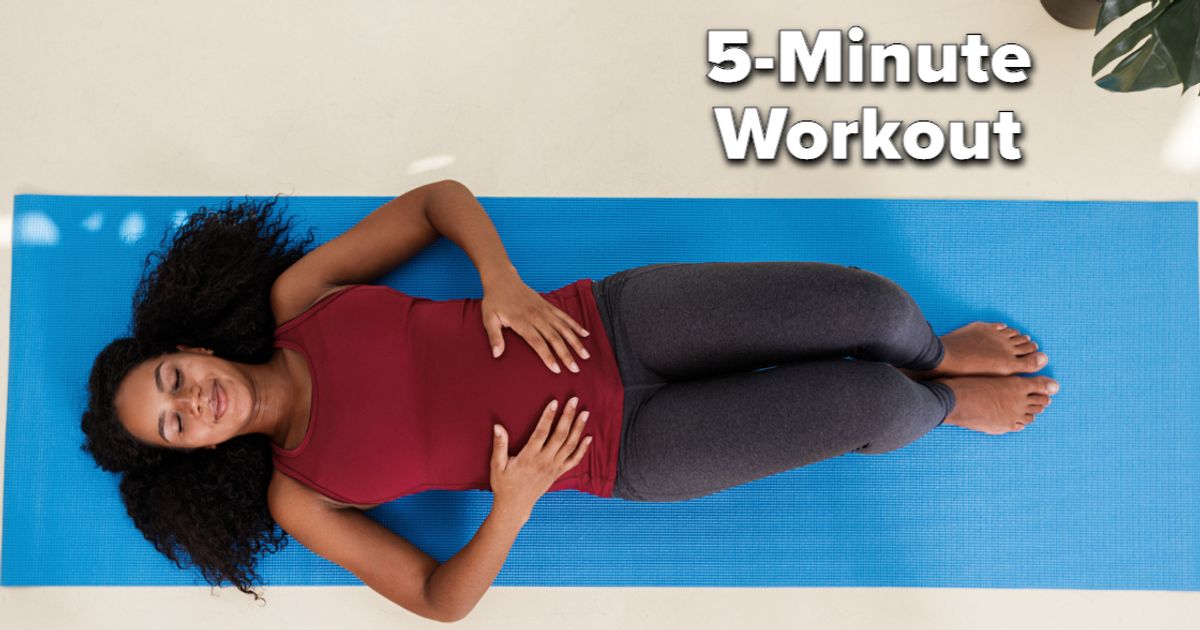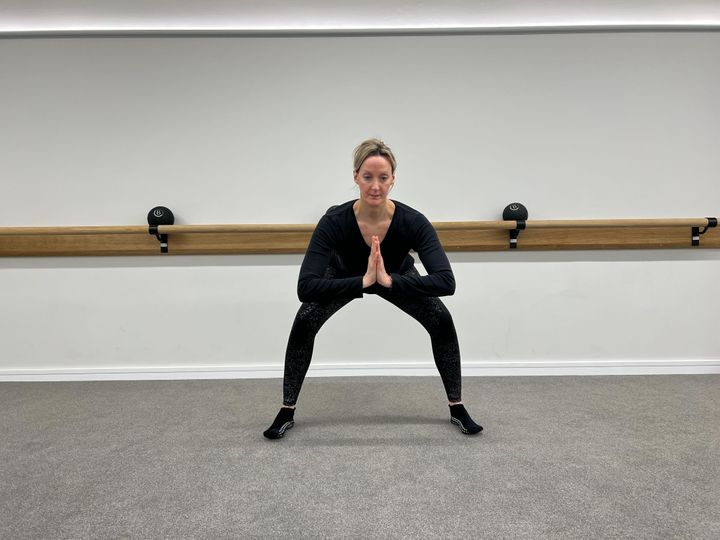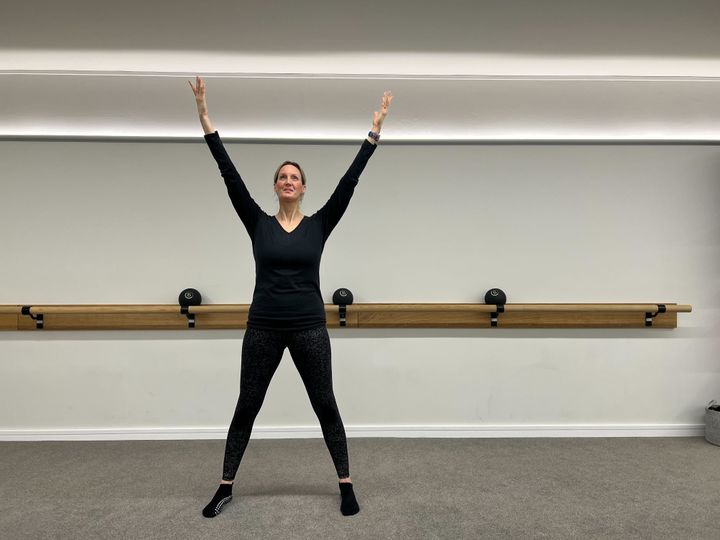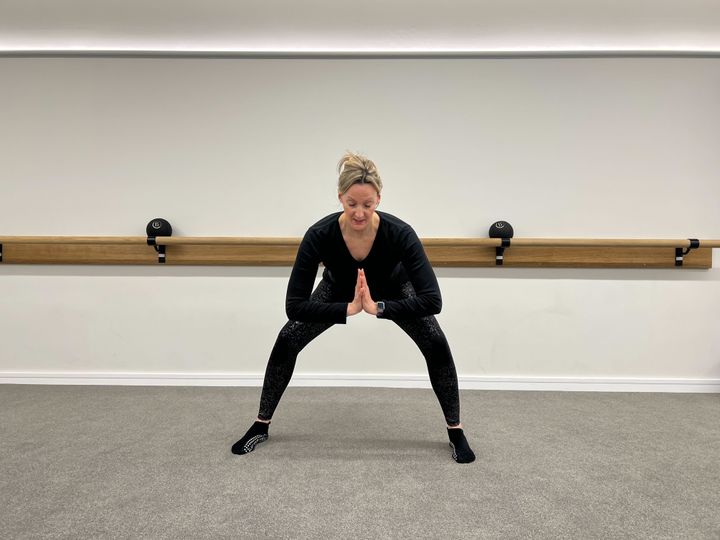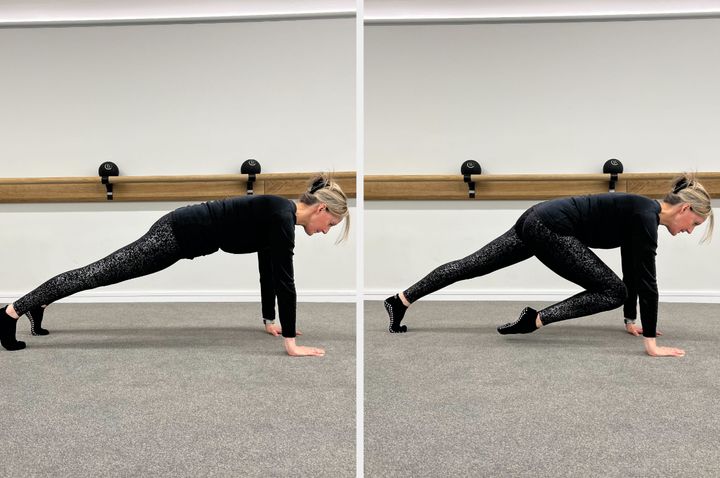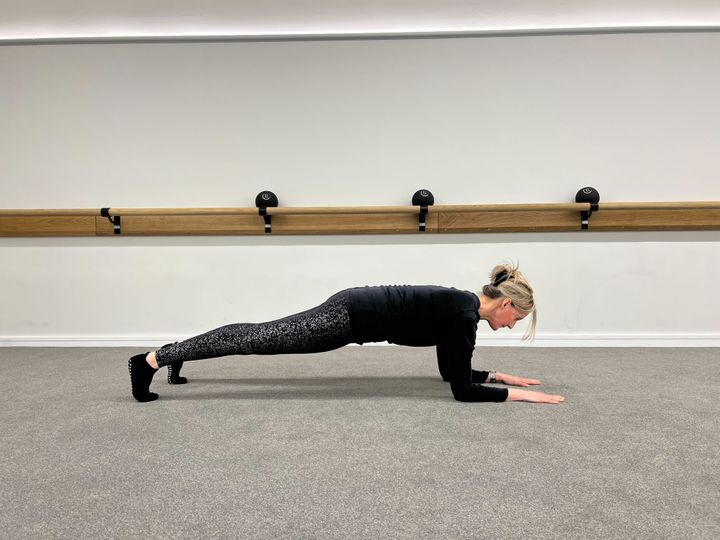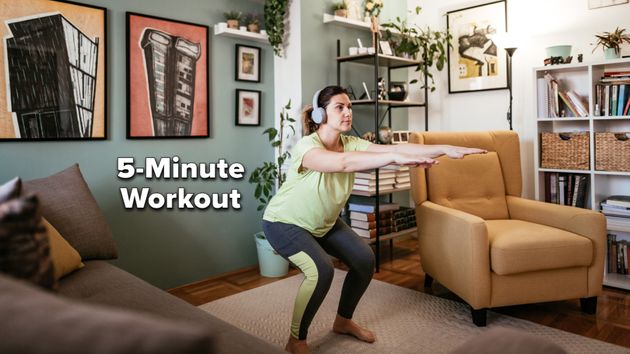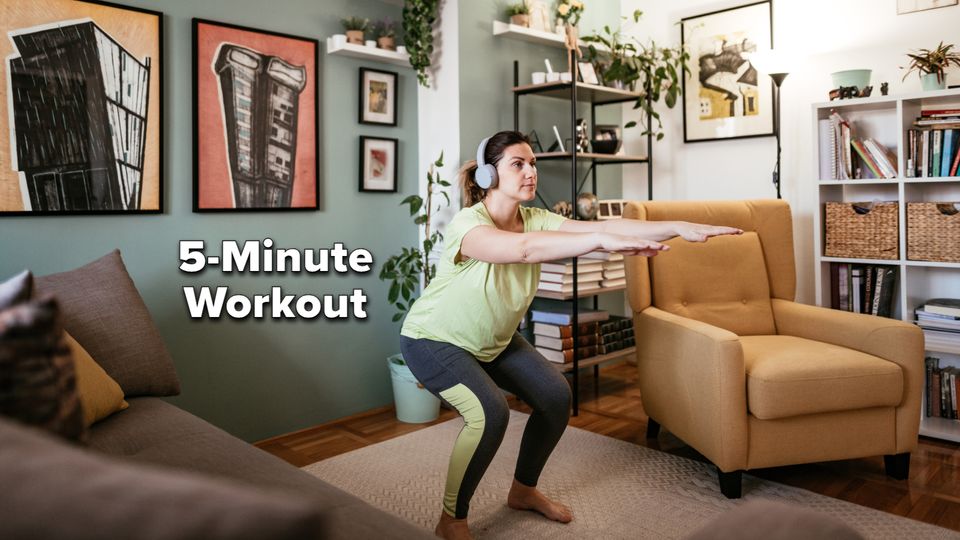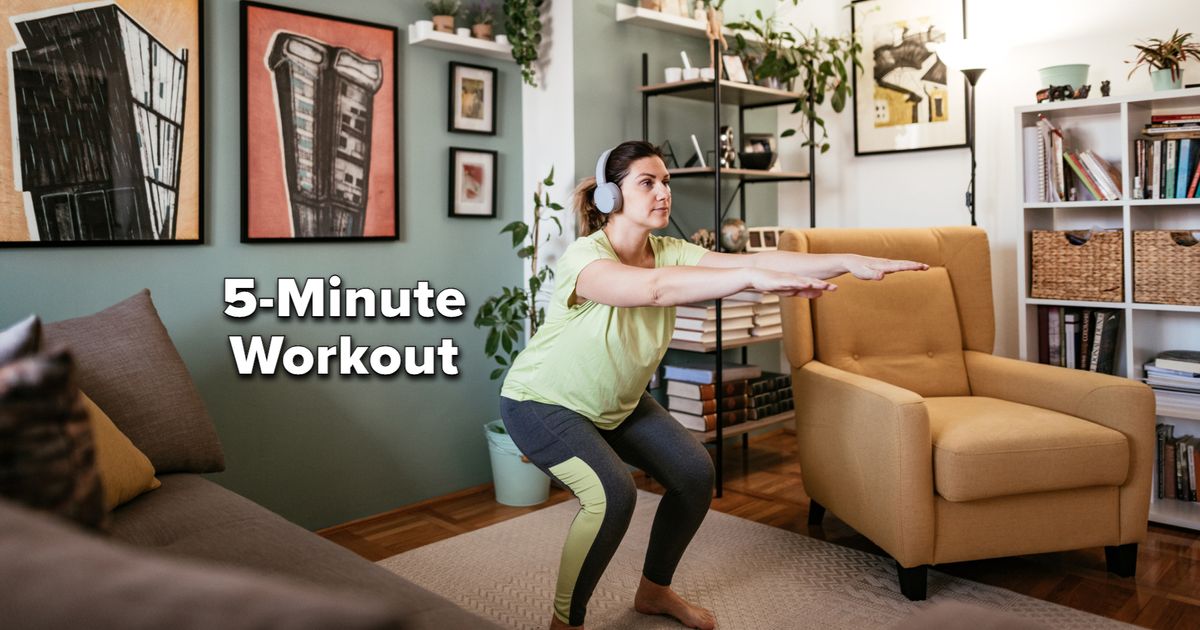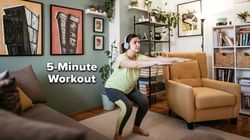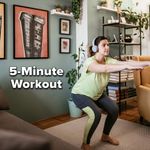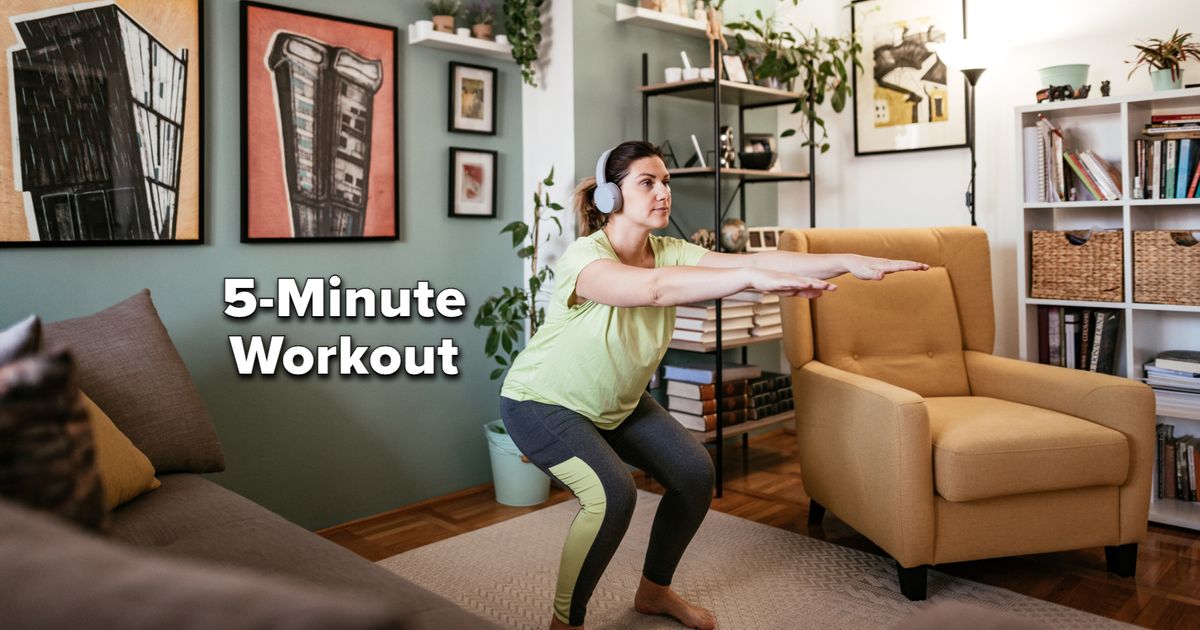You’re reading Move, the nudge we need to get active, however makes us happiest and healthiest.
Do you have atrocious balance? Your core might be to blame. So this week, we’re delivering a five-minute workout that helps to improve both.
Advertisement
The quick, equipment-free routine has been written by Fiona Hawker at Curves, a fitness community designed specifically for women.
It’ll help improve your balance, whether you’re constantly wobbling during yoga classes or find it impossible to do a basic quad stretch on one leg.
Advertisement
“Balance exercises are especially important as you age because your
proprioception (your ability to know where you are in space) gets worse as you age,” says Hawker. “Improving balance is also excellent for posture – it teaches you’re the static and dynamic positions that are natural to your human form.”
Add these moves to the end of your next workout or try them while you’re waiting for the kettle to boil. They really are that simple.
Advertisement
1. Leg swing
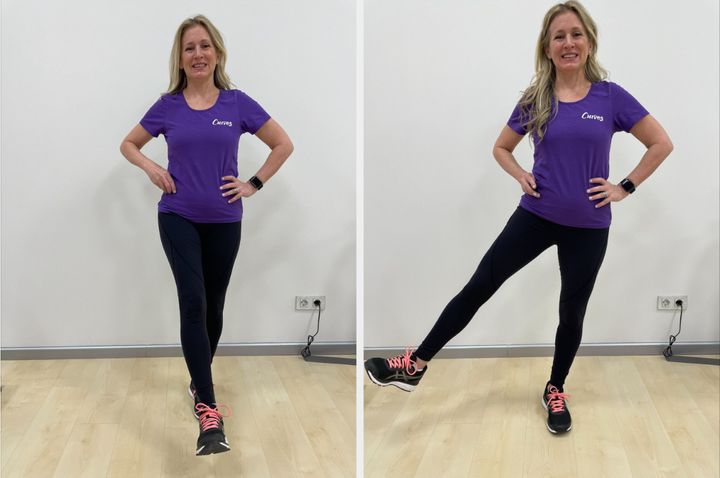
Stand with your feet together and your hands on your hips. Transfer your weight to your right leg and slowly swing your left leg out to the side as high as you can comfortable without leaning to the side. Maintain your balance by keeping your core tight, swing your leg back slowly and with control to cross slightly in front of your supporting leg and repeat. Keep your torso upright and facing forwards. This is a great exercise for the muscles in your inner and outer thighs, hamstrings, quadriceps, abdominals and hip flexors. Do this for 30 seconds then change legs and do the same on the other side.
2. Statue of liberty
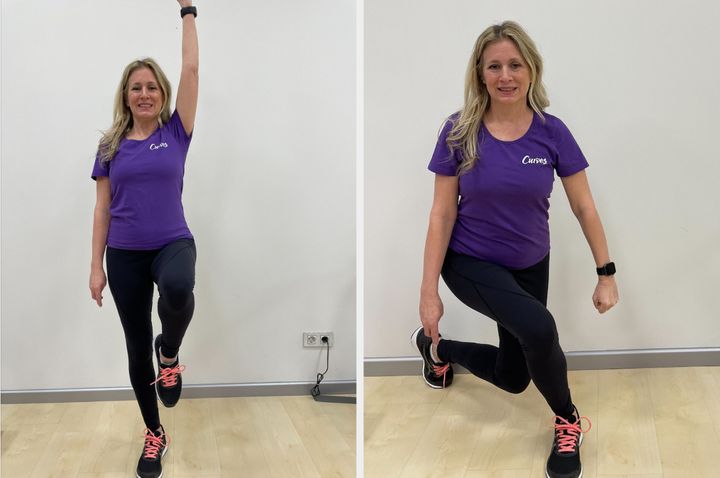
Start with your feet about hip width apart. Raise your left arm straight up and raise your left leg up to 90 then take your left foot down and crossed behind you dropping your knee to the floor and bringing your arm to your side. Perform this exercise slowly to focus on balance and keep your chest facing forwards. This is a great exercise for your abdominals, hip flexors, glutes, hamstrings and quadriceps. Do this for 30 seconds then change legs and do the same on the other side
Advertisement
3. Single leg rotation
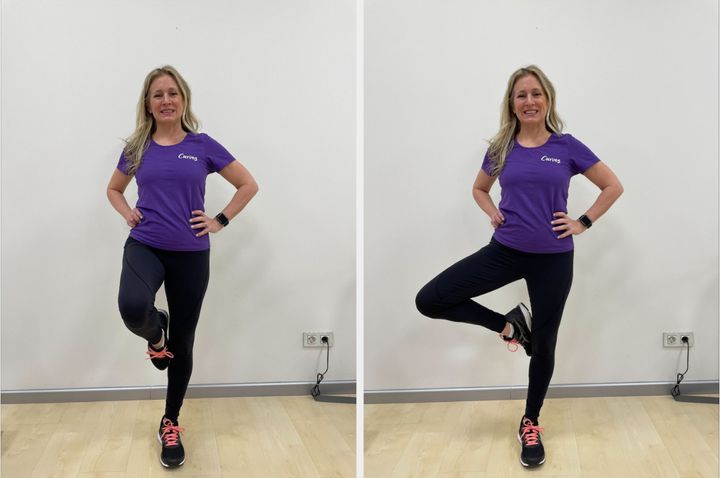
Stand on one leg with your hands on your hips and place the other foot against your knee or upper calf. Rotate your knee out to the side as far as you can without twisting the hips. Keep your hips and torso facing forwards then bring the knee back to the front. Perform this exercise slowly and with control. This is a great exercise for your abdominals, hip flexors and glutes. Do this for 30 seconds then change legs and do the same on the other side.
4. Standing side stretch
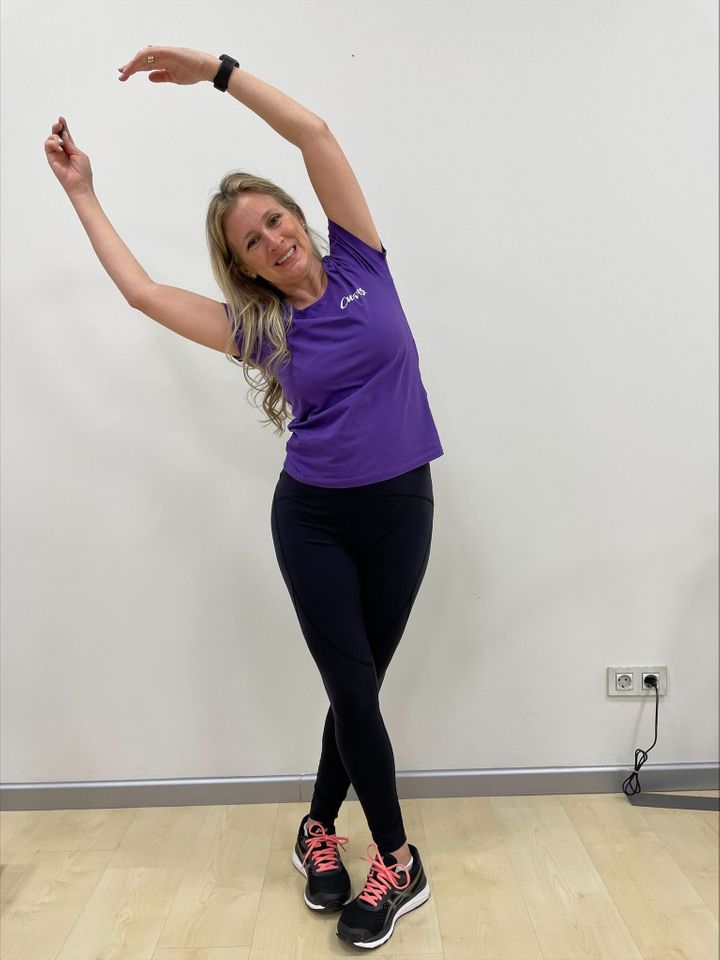
Start with your feet together and cross one foot over in front of the other keeping the feet close together, flat on the floor and pointing forwards. Raise both arms straight up and bend to the same side as your front foot. Keep your core tight and your back aligned so that you are not leaning forwards or backwards. Look up slightly towards your hands. This is a great exercise for your trapezius, deltoids, rhomboids, triceps, obliques, abdominals and hip flexors.
5. Balance table
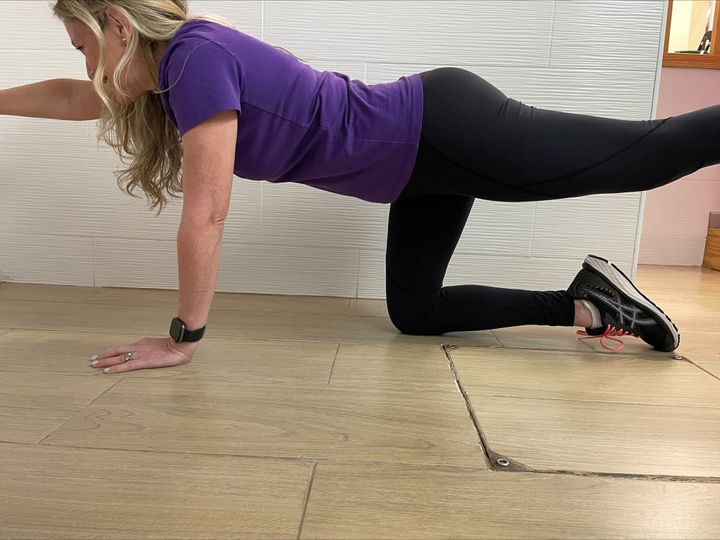
Start on the floor with your hands stacked below your shoulders and your knees stacked below your hips. Extend your opposite arm and leg out until you form a straight line from your finger tips to your toes, hold for a couple of seconds then return to the start position and extend the other arm and leg out. Look at point on the floor between your hands. Keep your core in tight and be careful not to extend your leg out higher than your shoulder. This is great for your abdominals and lower back strength as well as improving flexibility in your shoulders, and hips. Do this exercise for 30 seconds.
6. Forearm plank
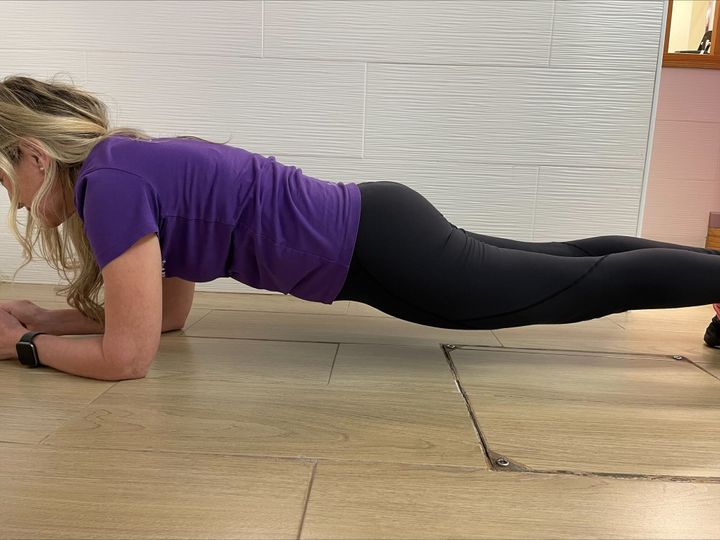
Support your weight on your forearms with your elbows stacked under your shoulders and your legs extended out behind you on your toes. Keep your head in a neutral position so its not hanging down or raised above your shoulders. Pull your core in tight and keep your hips down so your abs are engaged but not sagging as this puts pressure on your lower back until you create a straight line from your head down to your heels. This is a great exercise for your abdominals, obliques, your back, shoulders, triceps, glutes and hamstrings. Hold this position for 30 seconds and don’t forget to breathe!
Move celebrates exercise in all its forms, with accessible features encouraging you to add movement into your day – because it’s not just good for the body, but the mind, too. We get it: workouts can be a bit of a slog, but there are ways you can move more without dreading it. Whether you love hikes, bike rides, YouTube workouts or hula hoop routines, exercise should be something to enjoy.

HuffPost UK / Rebecca Zisser

